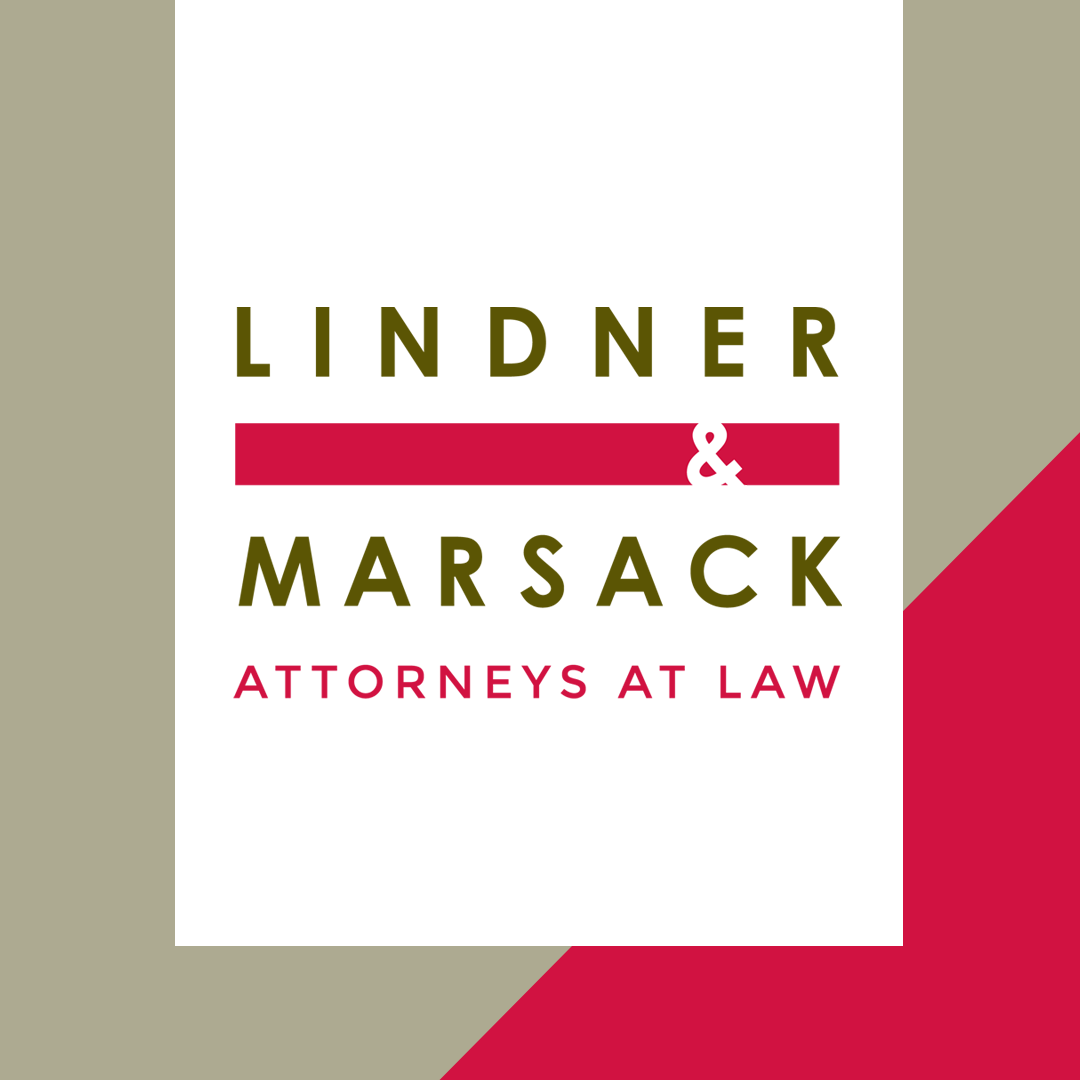By Sally A. Piefer November 23, 2021 As we previously reported, on November 4th, OSHA released its emergency temporary standard (“ETS”) which requires employers with 100 or more employees to develop, implement, and enforce a written mandatory COVID-19 vaccination policy. Alternatively, covered employers may adopt a written policy requiring employees to either choose to be […]

